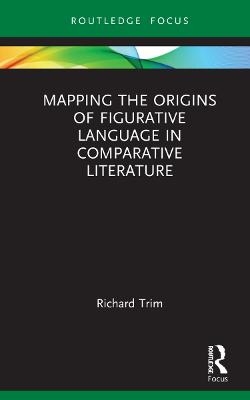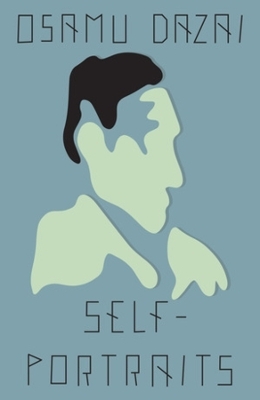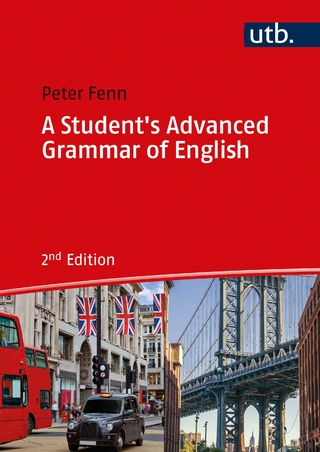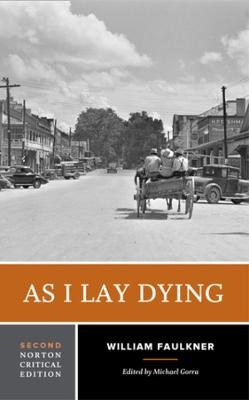
Mapping the Origins of Figurative Language in Comparative Literature
Routledge (Verlag)
978-1-032-13035-4 (ISBN)
By examining features ranging from language structure to figurative thought, cultural history, reference, narrative and the personal experience of authors, it develops a global overview of the processes involved. Due to its particularly innovative characteristics in literature, the theme of death is explored in relation to universal concepts such as love and time. These aspects are discussed in the light of well-known authors in comparative literature such as D.H. Lawrence, Simone De Beauvoir, Hermann Hesse and Jorge Luis Borges. The origins can involve complex conceptual mappings in figures of speech such as metaphor and symbolism. They are often at the roots of an author’s personal desires or represent the search for answers to human existence.
This approach offers a wide variety of new ideas and research possibilities for postgraduate and research students in modern languages, linguistics and literature. It would also be of interest to academic researchers in these disciplines as well as the general public who would like to delve deeper into the relevant fields.
Richard Trim is Professor Emeritus in linguistics at the University of Toulon, France. His interest in the study of figurative language covers a wide variety of fields including historical linguistics, contrastive linguistics and translation with the analysis of corpora in both political and literary discourse. He has published widely in these different areas in the form of journal articles, the editing of conference proceedings, book reviews and monographs.
Towards a global model of figurative origins
Conceptual mapping
Overview of mappings in pandemic poetry
Cultural versus universal features
Linguistic structures
Poetic licence
Figurative creativity in language structure
The power of figurative language
Old and new words
Composite structures
Morpho-syntax and stylistic effects
Neologisms
Cross-language evidence for the limits of linguistic creation
Linguistic relativity
Translating language structures
Language distance
Innovative morphology
Metaphor versus simile
Dating translation
Composite order and semantics
Symbolic features
Underlying figurative thought
Cross-language imagery
Cognitive theories
Individual conceptualisation
Cognitive linguistics
Metaphor and symbol
Cognitive and conflictual paradigms
Tracing cultural history
Diachronic conceptual networking
Diachronic salience
Historical origins of figurative words
The love/death conceptual metaphor
Understanding figurative language in Early Modern English
Theories of reference in conceptual mapping
Extra-linguistic reference
Mental spaces
Possible worlds and discourse worlds
Reference in conceptual mappings
Philosophy and reference
Hidden reference theory
Textual reference
Textual reference in the form of narrative
Variants of love
Social attitudes in D.H. Lawrence
Existentialism in Simone De Beauvoir
Personal psychology in Hermann Hesse
Personal biography in figurative language
Narrative and personal biography
"Distortion" of personal lives
Criticism of biographical theories
Autobiography and autofiction
Individual biographies
Symbolic influence in D.H. Lawrence
The philosophical background to Simone De Beauvoir
Freudian psychology in Hermann Hesse
Real and non-real worlds
Conceptualisation of the real world
Time trajectories in literal meaning
Multicultural conceptualisation of time and space
Time and space in literary thought
Conceptualisation and beliefs in Emily Dickinson
The transformation of reality
The Venezuelan poet Eugenio Montejo
Transfigured time
Time symbolism and language structure
Switching between past and future
New spatial forms
Notions of real worlds
Multiple conceptual mapping
The symbolic notion of "The South" in Jorge Luis Borges
The background to Borges’ life
Narratological conceptual mappings
Language-specific symbolism in Borges
Fantasy and the defiance of death
The overall picture
| Erscheinungsdatum | 30.09.2021 |
|---|---|
| Reihe/Serie | Routledge Focus on Literature |
| Zusatzinfo | 1 Halftones, black and white; 1 Illustrations, black and white |
| Verlagsort | London |
| Sprache | englisch |
| Maße | 138 x 216 mm |
| Gewicht | 453 g |
| Themenwelt | Geisteswissenschaften ► Sprach- / Literaturwissenschaft ► Anglistik / Amerikanistik |
| Geisteswissenschaften ► Sprach- / Literaturwissenschaft ► Literaturwissenschaft | |
| Geisteswissenschaften ► Sprach- / Literaturwissenschaft ► Sprachwissenschaft | |
| ISBN-10 | 1-032-13035-0 / 1032130350 |
| ISBN-13 | 978-1-032-13035-4 / 9781032130354 |
| Zustand | Neuware |
| Haben Sie eine Frage zum Produkt? |
aus dem Bereich


